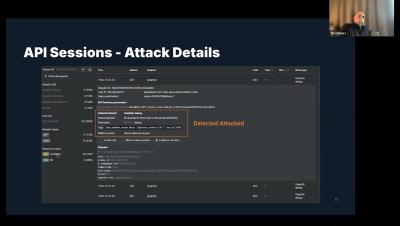Dell's API Security Failure: How 49 Million Records Were Exposed #dell #DataBreach #dataleaks
In this video, we examine two significant API security failures, each with devastating consequences. The first breach used a simple trial-and-error method, exploiting broken access control to impact 10 million users. In the Dell example, API abuse exploited a lack of validation and rate limiting, allowing an attacker, posing as a partner, to scrape 49 million records over several weeks. These cases highlight the importance of robust API security practices, especially for business processes and access control. Watch to learn key takeaways on protecting APIs from similar attacks.










